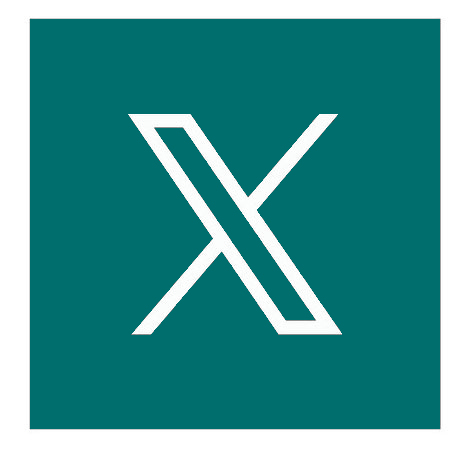One of the most essential financial planning tenets anyone can follow is to try to save at least 15% of your after-tax earnings. If you can do that consistently throughout your working years, you’ll have a solid financial foundation by the time you retire.
But what about the question of where to save? Which types of accounts or vehicles should you use? Which are most important to have?
While it’s not as widely asserted as the 15% savings target, the savings formula of knowing where to save your money is equally crucial. What are the six best vehicles for saving your money, and in what order should they be used? 1
You probably haven’t thought about the order of savings vehicles, but once you understand the unique properties of each vehicle and how they work in concert to optimize your savings, you’ll realize its significance.
1. Emergency Fund
Your first savings dollars should go into building an emergency fund. You should have six to twelve months’ worth of living expenses set aside in a safe and liquid account such as a bank savings account or a high-yielding money market account (currently yielding between 4% and 6%). 2
This money covers unexpected expenses, such as car repairs, home maintenance, health events, and anything that pops up that’s not in your budget. You don’t want to have to sell stocks or mutual funds to cover the cost of an emergency.
2. 401(k) Account
The second-best place to save is your employer sponsored retirement plan, such as a 401(k) or 403(b) plan. Saving for retirement should be a top priority, and having access to a plan allowing for pre-tax contributions and tax-deferred growth is a significant advantage. Even better, most companies offer a matching contribution, which is like receiving free money.
After funding your emergency fund, you should aim to contribute as much as possible to your 401(k), at least up to the match percentage your company offers.
3. Roth IRA
The number three place to save your money is a Roth IRA. Roth IRAs are phenomenal retirement savings vehicles. Unlike a traditional IRA, which takes tax-deductible contributions and defers taxes on earnings until you withdraw funds, Roth IRA contributions are not deductible. Still, they grow tax-free, and you pay no taxes on withdrawals at retirement. That’s important because other sources of retirement income are taxable, and the tax-free income from a Roth will help to minimize your tax liability.
Currently, in 2024, the maximum contribution allowed is $7,000 ($8,000 if aged 50 or older), which increases annually. There are income thresholds for contributing to a Roth IRA. If your income is too high to qualify, you could work with your financial advisor to make a backdoor Roth contribution. Check with your advisor for guidance on how to do a backdoor Roth. 3
4. Health Savings Account
Number four in the savings formula is a health savings account (HSA). HSAs are unique because they are the only savings vehicles that offer a trifecta of tax benefits. You can deduct your annual contribution to save on taxes now. Your account earnings grow tax-deferred so they can compound faster. And you pay no taxes on withdrawals when they are used to pay for qualified health expenses.
In addition to creating a tax-efficient way to pay for health expenses, an HSA can also be used to cover living expenses starting at age 65. Any unused funds in the account roll over from year to year and accumulate. It’s like a Roth IRA on steroids.
5. Taxable Brokerage Account
Fifth on the priority list of savings vehicles is a taxable brokerage account, an after-tax account used for investing your surplus savings. With your emergency fund fully funded and your retirement savings in progress, you can use a brokerage account to invest for growth, whether you do it yourself through an online brokerage account or seek the guidance of a financial advisor through a full-service firm.
Income generated from capital gains in a brokerage account provides even more tax diversification in retirement because they’re generally taxed at a lower rate than income from a 401(k). 4
6. Cash Value Life Insurance
If you still have discretionary income left over, you could consider funding a cash-value life insurance policy. These are permanent forms of life insurance, providing a tax-free death benefit and the ability to accumulate cash tax-free. Unlike retirement plans, which have contribution and withdrawal restrictions, there are none with cash-value life insurance policies, providing more planning flexibility in how they can be used in retirement or for any other purpose.
Cash value life insurance products vary widely and can be somewhat complex, so working with a knowledgeable, independent insurance agent would be important.
That’s the savings formula—the recommended order of saving your money for optimal accumulation and tax efficiency. At URS Advisory, we have the resources and expertise to help you evaluate your savings needs and apply the savings formula to fit your circumstances.
Sources:
1 How Much Should You Save for Retirement?
2 Best money market accounts for December 2023


